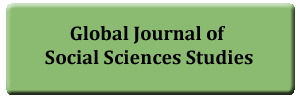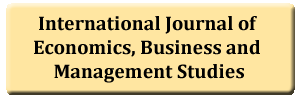Perception on global economy through world trade report: A corpus and computation-driven approach
DOI:
https://doi.org/10.55284/ajssh.v8i2.977Keywords:
Global economy, LancsBox, Semantic collocation, Sentiment analysis, VADER, World trade report.Abstract
This research aimed to investigate the lexical trends and sentiment shifts in the World Trade Report spanning 2018-2020 using corpus and sentiment analysis tools. Data of the World Trade Report from 2018 to 2020 was analyzed. We employed the Words tool, Whelk tool, and GraphColl tool within the LancsBox corpus tool to count high-frequency nouns and verbs, scrutinize the distribution characteristics of key words, and assess their semantic collocation features. Furthermore, sentiment analysis was conducted using the VADER algorithm. The results indicated that the 2020 World Trade Report prominently featured high-frequency nouns such as policy, innovation, and government, as well as verbs like support, mirroring the challenging global economic climate in that year. Semantic collocation analysis of key words from the 2020 report highlighted the significant challenges COVID-19 posed to global economic stability. Additionally, the sentiment scores from 2019 to 2020 exhibited notable differences, with a consistent decline in average scores annually and a more pronounced negative sentiment in the 2020 report compared to the previous years. Recognizing these linguistic and sentiment trends can aid policymakers and businesses in understanding the nuanced shifts in global economic narratives, especially in response to significant events like the COVID-19 pandemic.




